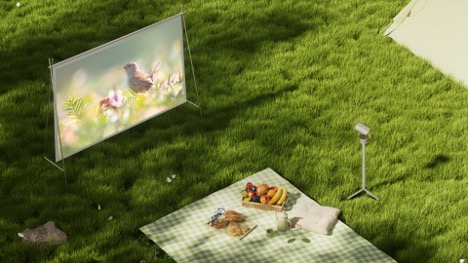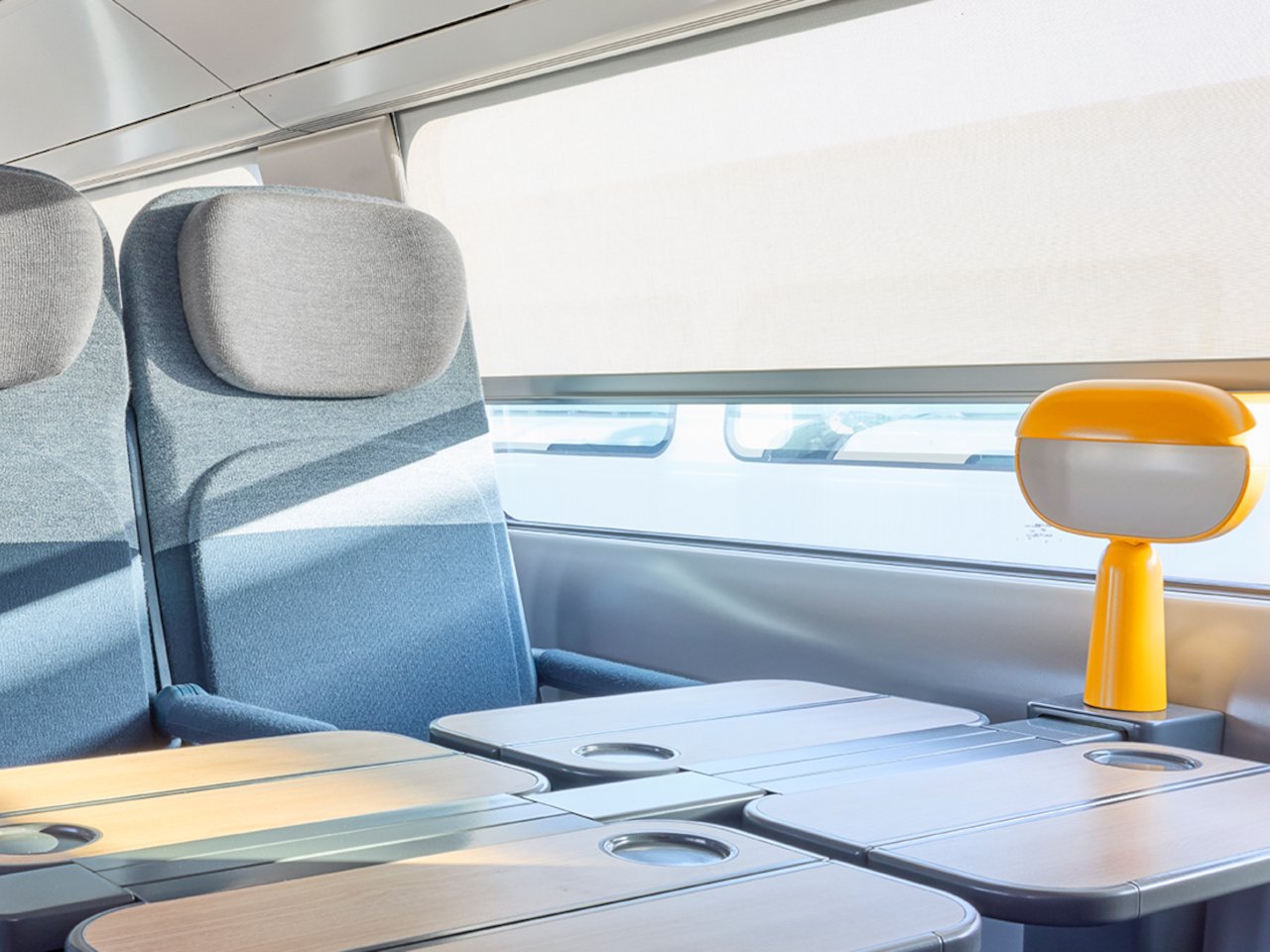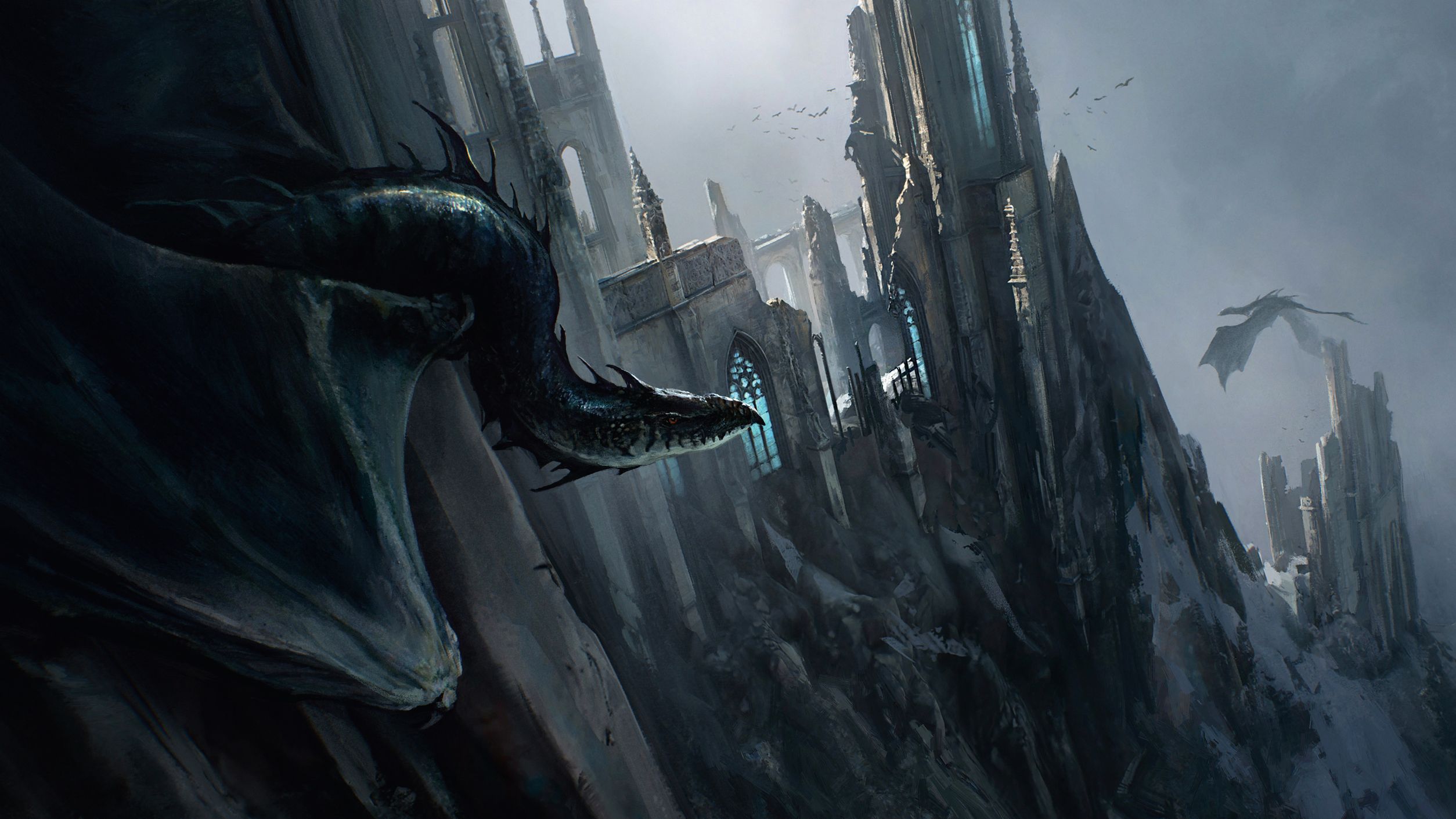www.fastcompany.com
For the better part of the last half-century, the world has traveled to California to experience Silicon Valley. Theyve heard from Stanford dropouts-turned-unicorn founders, toured dazzling tech campuses, spoken with shrewd venture capitalists, and discussed, ad nauseum, the regions core DNA. Theyve come to scoop up the secret fertilizer, take it back home, and sprinkle it onto the local soil in the hopes of magically growing Silicon Prairie, or Silicon Heartland, or Silicon Fill-in-the-Blank.In reality, few places in the United Statesalmost none outside a handful of big coastal citieshave succeeded. Eventually, hopeful communities have abandoned their innovation hubs after disappointing results. But not all of them. Among the rare successes of a burgeoning tech hub, Tulsa stands out. I know because I helped lead the citys reinvention. So, in understanding how northeast Oklahoma managed to establish a growing innovation economy, other places may finally be able to carve out a sustainable path in tech.The task isnt simplethere are no shortcuts. But thats because, in the end, theres no secret ingredient. It simply comes down to whether cities can find the niche that corresponds with their strength and exploit it. No place will be able to compete with Silicon Valleys moneybut great gobs of capital sit in various locales, and yet few have become tech hubs. No place can replicate the Valleys concentration of talentbut for all the celebrated universities, few have spawned notable clusters of innovation. Thats not whats really important.Heres what istruly important: Having a community think carefully about what their value add can be to the greater world of tech, and how they can lean into that specific attribute. Innovation economies grow from the bottom-up, not the top-down, and they can be tailored to fit your city. Thisis what Tulsa is doing so successfullyand its the reason that Im convinced other cities can do the same.When I was recruited to Tulsa in 2019, the economys two pillarsoil and gaswere both on the ropes. Like many other midsized cities, there was rising alarm that Oklahomans were poised to be left behind by AI, the states manufacturing and service jobs gutted by automation. So, the Tulsa-based George Kaiser Family Foundation asked me to lead an effort less to make the region a mini-Silicon Valley, and more to help Tulsa find what I call its tech nicheits own special place in the 21st century economy. As one cowboy hat-wearing entrepreneur told me, We dont want to be San Francisco. We want to be the best version of ourself.But that just raised a series of questions that most cities struggle to answer: What should the communitys tech identity be? How could we create durable jobs? Where should we deploy scarce capital? The economic development organization I founded, Tulsa Innovation Labs, led a community-wide effort to answer those questions.We looked initially at education technology and discarded it as a focusTulsa simply didnt have a competitive advantage in that realm. We then looked at agriculture technology and set that aside toothe potential impact of investing in that cluster wasnt sufficient to building a resilient tech economy. Instead, we zeroed in on four areas where we believed we could create the critical mass of activity necessary to reinvent Tulsas economy: virtual health, energy tech, advanced air mobility, and cyber. Having narrowed the field, we raised over $200 million in four years to invest in those clusters and put ourselves on track to create 20,000 jobs.The question today is what other older industrial economies such as St. Louis, Buffalo, and Cincinnati can learn from Tulsas experience. And the lesson is surprisingly simple: Rather than try to emulate Silicon Valley, they should find their own tech niche and then invest in infrastructure that fuels growth in those clusters. To do that, they need to follow four principles.First, cities should build on existing industriesEvery city has longstanding employers with expertise that can be transitioned to tech. Tulsas energy companies were facing intense disruption thanks to climate change. And although Oklahomas aerospace industry is largely in maintenance, repair, and overhaulnot techthe industrys regional facilities offered existing infrastructure and talent with valuable skills that can translate. Tulsas challenge was to build on top of those important assets to spark growth in emerging technologies.Second, cities need to identify their strongest opportunities in techCities should pick a few tech clusters that are adjacent to existing industries and show long-term growth trends, thereby building a bridge to a more vibrant economy. Given its legacy as the oil capital of the world, Tulsas prime opportunity was energy tech. As was advanced air mobility given the regions strong history in aerospace and the energy industrys use of drones to monitor pipelines. While its understandable that many startups want to be in Silicon Valley, others are realizing its wiser to build near established industries with the ready-made partners they provide and the dynamic ecosystems they can offer.Third, those searching for a niche should ensure it promises a range of jobs San Francisco is a cautionary tale because the explosion almost exclusively of high-paying positions for the most educated has increased housing prices and widened inequality. Choosing clusters that offer jobs demanding a variety of skills and education levelsjobs open to those without bachelors degreescan drive inclusion. In Tulsa, we selected cyber in part because workers with skills-based credentials are essential to the industry. About a third of the 20,000 jobs Tulsa is on track to create are accessible without a bachelors degree.Finally, cities should select a niche that allows them to leadMidsized cities need not compete with major tech hubs. Instead, they should search for specific clusters, sub-clusters, or parts of an industrys value chain in which they can lead. For virtual health, Tulsas opportunity was in remote care solutionstechnologies that, for example, enable remote glucose monitoring. Virtual health also has nice synergies with cybersecurity, which keeps those remote systems safe, as well as advanced air mobility in which drones could deliver pharmaceuticals to rural parts of the region. The specific clusters that comprise your tech niche should reinforce each other.Silicon Valley is a unicorn, and for too long, it has been viewed as the model for places that cant possibly recreate it. This myth has become a self-fulfilling prophecy, with a national innovation economy that leaves out most Americans and dismisses the Heartland as flyover country. Places like Tulsa can thrive in the decades to come if they find the right niche. Pulling off an economic renaissance isnt easy to do, but its entirely realistic. For anyone living in a place thats being left behind by tech, know that you can write your own future if you and your neighbors work together and grow from the inside out.












